Hi, Blog! Daddy’s back from the summer break. Or “summer” break. I know, you have been lonely, during the time when Norway is on pause, because we all go on the hytte, in the boat, on top a mountain, on the beach…may be…, anywhere but work.
Well, I wasn’t on vacation all until now, you know. In August came the Summer’s Most Beautiful Adventure for exploration geologists: The Awards in Predefined Areas application round, the annual concession round in mature areas on the Norwegian shelf, with deadline early September. Good bye, Indian summer, hello late office nights and pizza deliveries.
But, I would be back into the real world, and with you, dear blog. Then, return to the world and try to catch up with it. And bring the blog back to life, with memories of this year’s rocky summer flirts along the English Channel coast.
The Other Half convinced me that the ultimate romantic summer was to bike from cream tea to cream tea along the English Channel Coast. New bikes, SAS to Heathrow and train to Cornwall.
Cornwall. What comes to your mind? Land’s End; a tourist trap with fog? The wild landscape, the rugged coast, the old mines, Ross Poldark? Cornish Cream Tea with clotted cream?
The über-cute St. Ives, with its narrow streets and beaches? One of many Cornish towns where tourists gradually have replaced fishing boats, St. Ives is silent most of the year, a buzzing ant heap on the beaches during summer, but still what brochures call authentic – and cosy! We allowed ourselves a day on the beach after the hard travel days, and a visit to the Tate Modern.
Then, we hit the road, up and down in the Cornish landscape, grass fields with peaceful cattle, villages so small that even Postman Pat might not manage to get delayed, steep cliffs towards the sea. And the Botallack mine, one of many along the coast.
Botallack is the mine you see on all Cornish postcards, its remains placed like a role-play-game ruin on the foot of steep cliffs down to the sea. Coming to Botallack in real life felt like an art lover that sees a famous piece in real life for the first time.
I had always wondered, why did Cornish mines often lie on the cliffs to the sea? Quite impractical, so difficult to access? The answer is, of course, in the geology.
Rocks in Cornwall are mainly Devonian (ca 400 million years old) sediments, deposited in a shallow sea near land. In the early Carboniferous (ca 350 million years back), the Hercynian, or Variscian orogeny – geo-speak for continent clash and the mountain chain making that follows – folded the rocks. Then, in the early Permian (ca 290 million) volcanoes wakened up, spewed some lava on the ground, but mainly manifested as big granite bodies that pushed their way up from beneath. The granites brought with them fluids – sciency for water and the gas and metals that come with it – and the metals concentrated in the contact zone where hot granite met sediments. Therefore, the mines all reside around the rim of the granite blobs. Because granite, and the hard baked contact rim, is harder than sediment, the sea has eaten sediments away, and left the Land’s End peninsula standing, with the metal zones near the shore.
For a muggle’s introduction to Cornish geology, I strongly recommend these two, small books in the Pocket Cornwall series: The Geology and Landscape of Cornwall and the Isles of Scilly, and .
Mining in Cornwall goes far back to digging for tin in the bronze age, and continued all to the last mine gave in 1998. Several mines are today open as museums, such as Geevor and, yes, Poldark Mine.
It is not too much of an exaggeration to say Cornwall contributed to the industrial revolution. Cornwall in the 18th and 19th century was far from the tourist paradise of today. Miners worked long days in cold mines year around, and much of the landscape was draped in grey smoke from smelters and noise from ore crushers. HSE was rudimentary, and miners also got poisoned from arsenic in the ore. A 40 year old miner was an old miner. At the same time, mines were those times’ high-tech centers; water wheel powers, crushers, smelters, steam machines for pumps and lifts, chemistry, metallurgy – it all developed around the mines.
Actually, the hard life of Cornish miners reminds me of my own hometown in Norway, Kongsberg. For three centuries, 1624 to 1953, the best sliver specimens in the world were mined here, and supplied the Crown – often on the head of mad or war-happy Danish-Norwegian kings – with wealth, while the poor miners barely survived the long cold winters.
Even if the fog and rain once made it difficult to see across the campsite, and The Other Half asked why we did this…and I could not give a good answer…our predicaments were small by comparison. And certainly worth it, when the fog lifted and the sun once again shone on the green fields and steep cliffs…
Now, it’s your time:
What’s your favourite village in Cornwall?
Or your favourite mine?
And – most important! – you favorite place for Cream Tea?
How to get there: Most foreigners will arrive by plane to London (alternatively Exeter or Bornemouth), and then go west by rental car or train. Heathrow is the airport with the easiest connection to Cornwall.
From Heathrow, take the Heathrow Express train (fast and credit-card-unfriendly) or Heathrow Connect (slower, but lower) to London Paddington. Hug a lost teddy bear, and take the First Great Western westwards towards Penzance. Along the Cornish coast, the absolutely best way to travel is by car or bike, so you can be your own master, and stop whenever – often! – a stunning view or cute village appears. We biked, and supplied with trains eastwards – stay tuned for a special feature on biking along the English Channel coast!
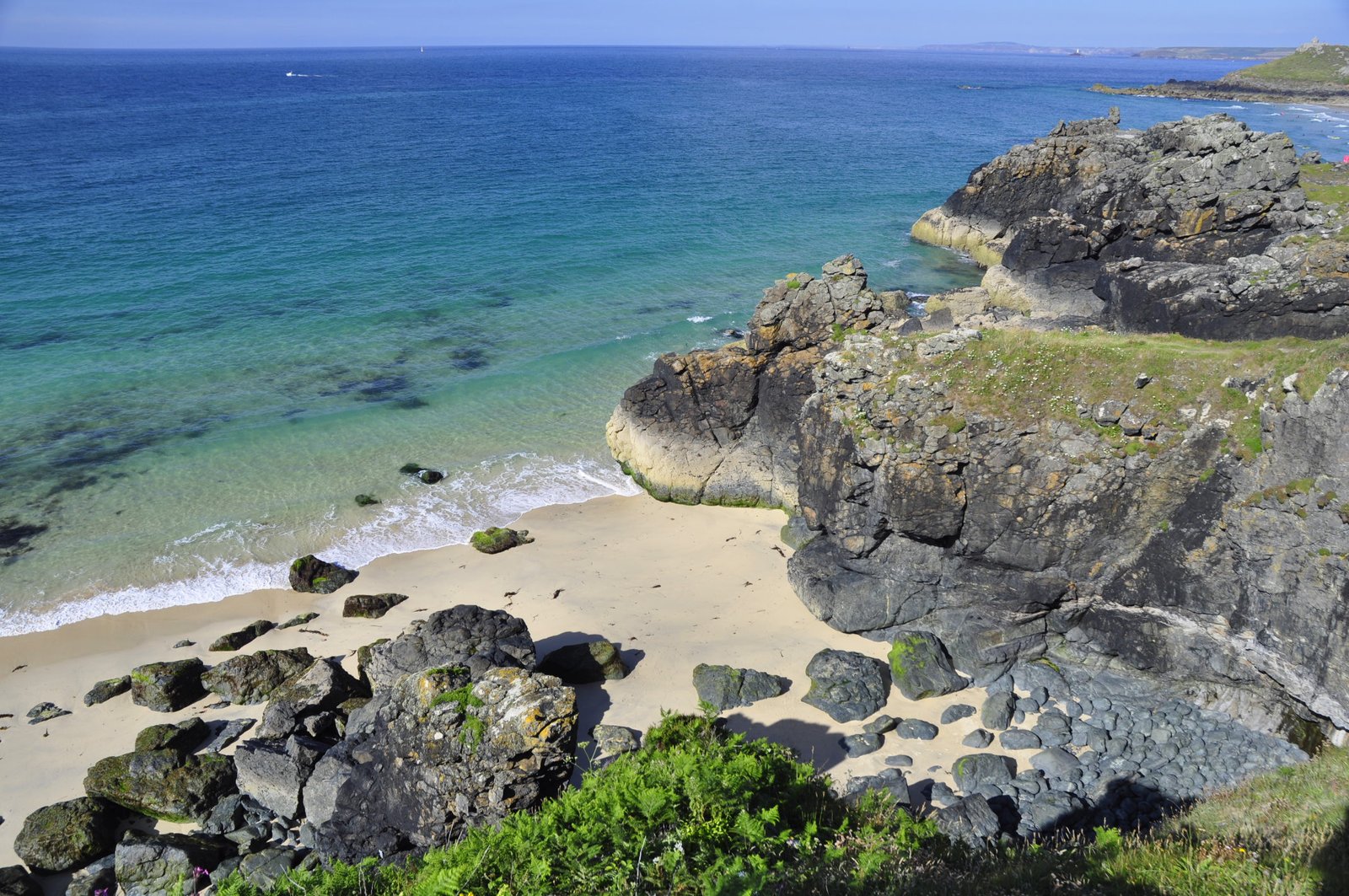



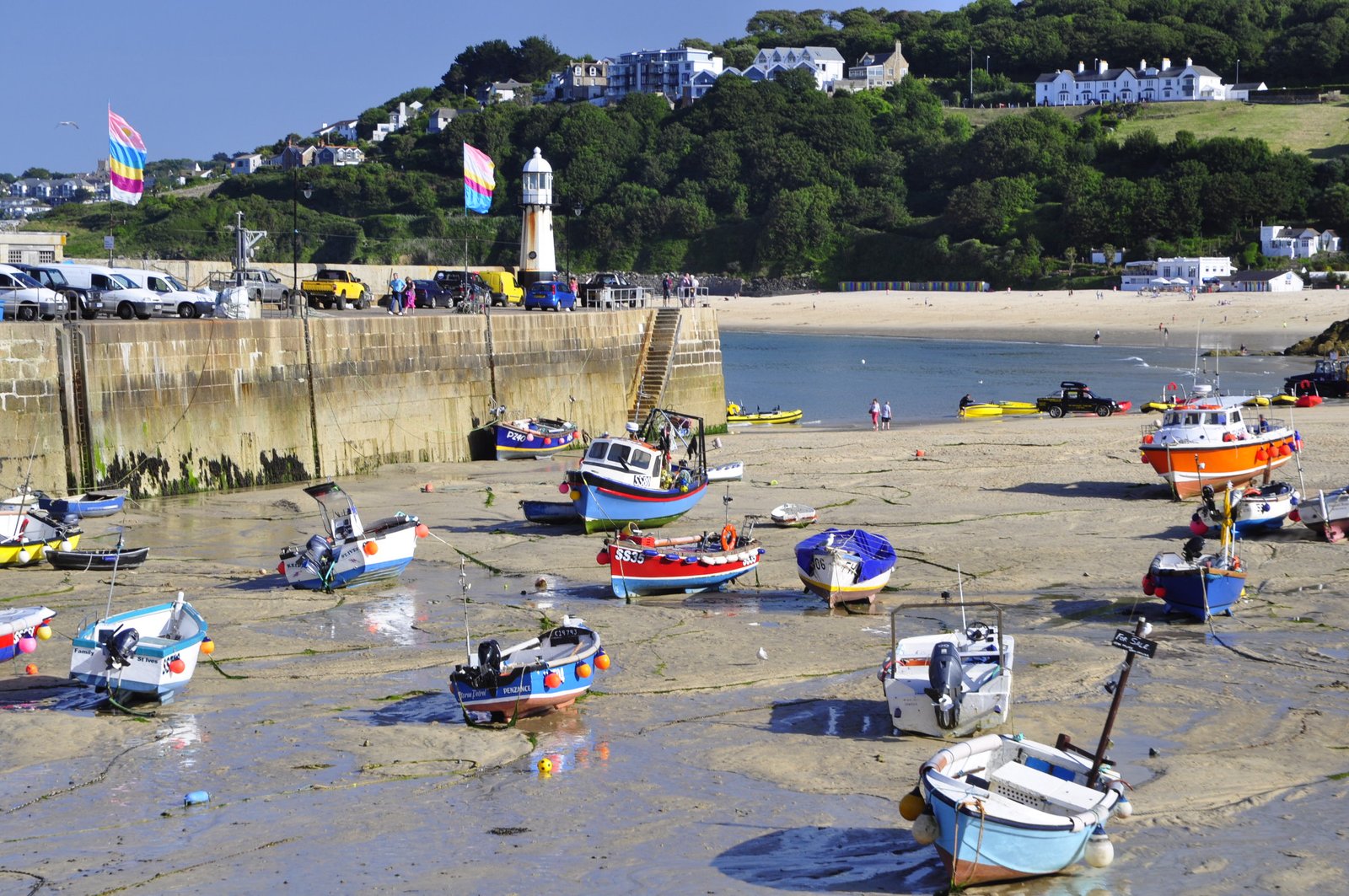

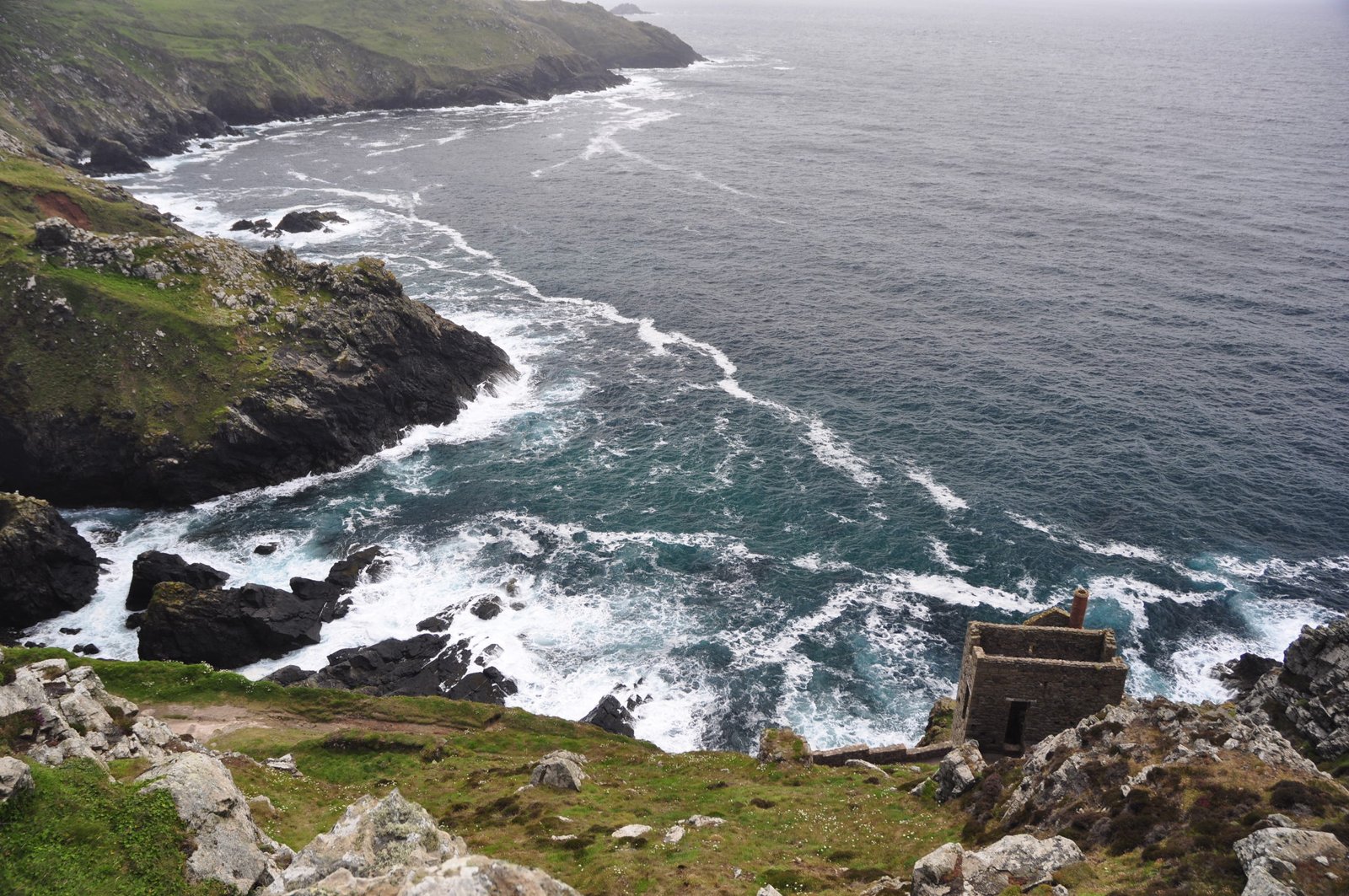
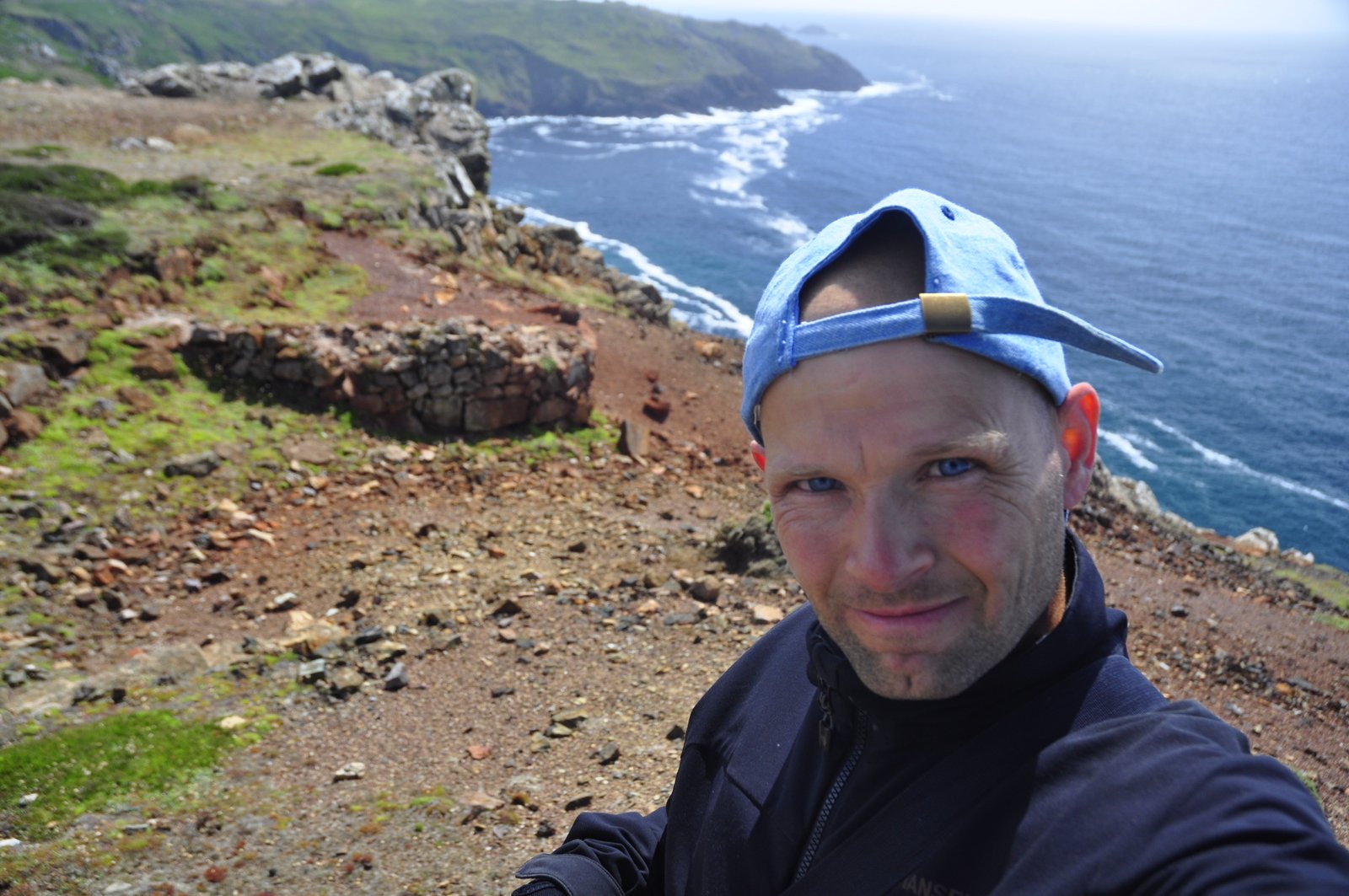

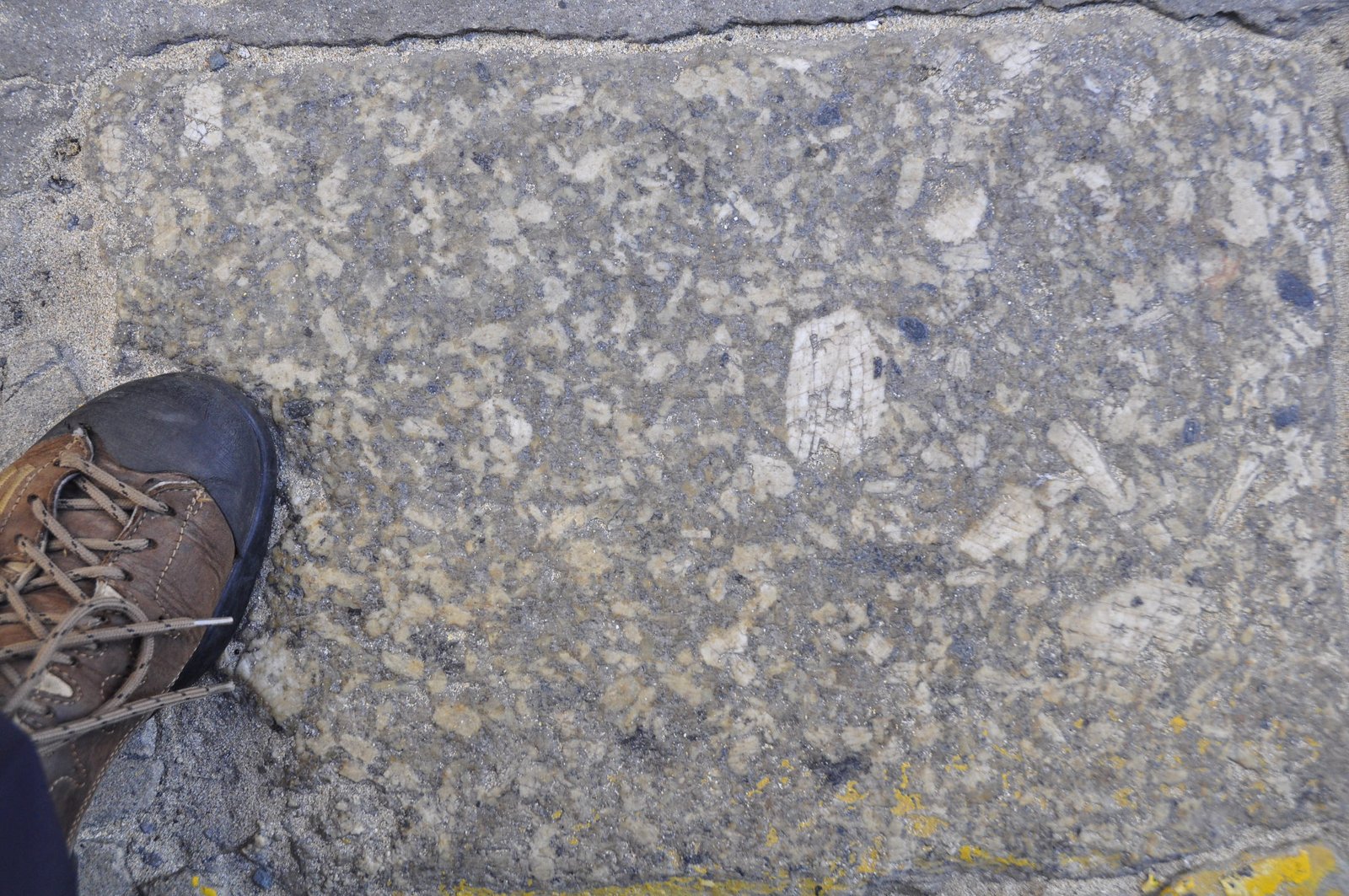


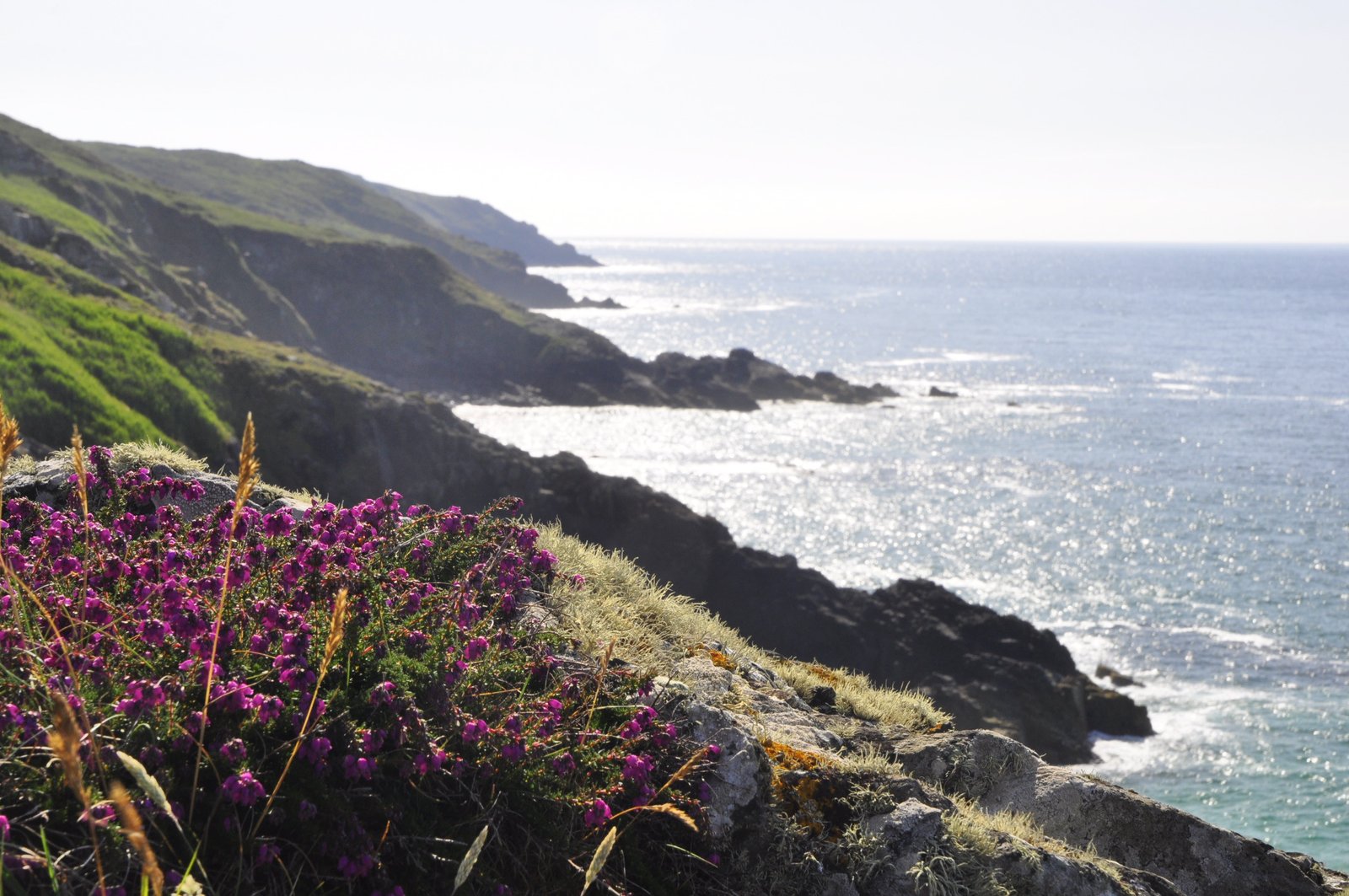
Pingback: How to bike the English Channel Coast (with help of plane and trains) | Adventures in geology - Karsten Eig·
Pingback: How to fry and spice rocks, in Porthleven, Cornwall | Adventures in geology - Karsten Eig·
Pingback: Ladram Bay: A Pandora in England | Adventures in geology - Karsten Eig·
Pingback: Lyme Regis, the cradle of paleontology | Adventures in geology - Karsten Eig·
Pingback: How to make oil in a few easy steps | Adventures in geology - Karsten Eig·